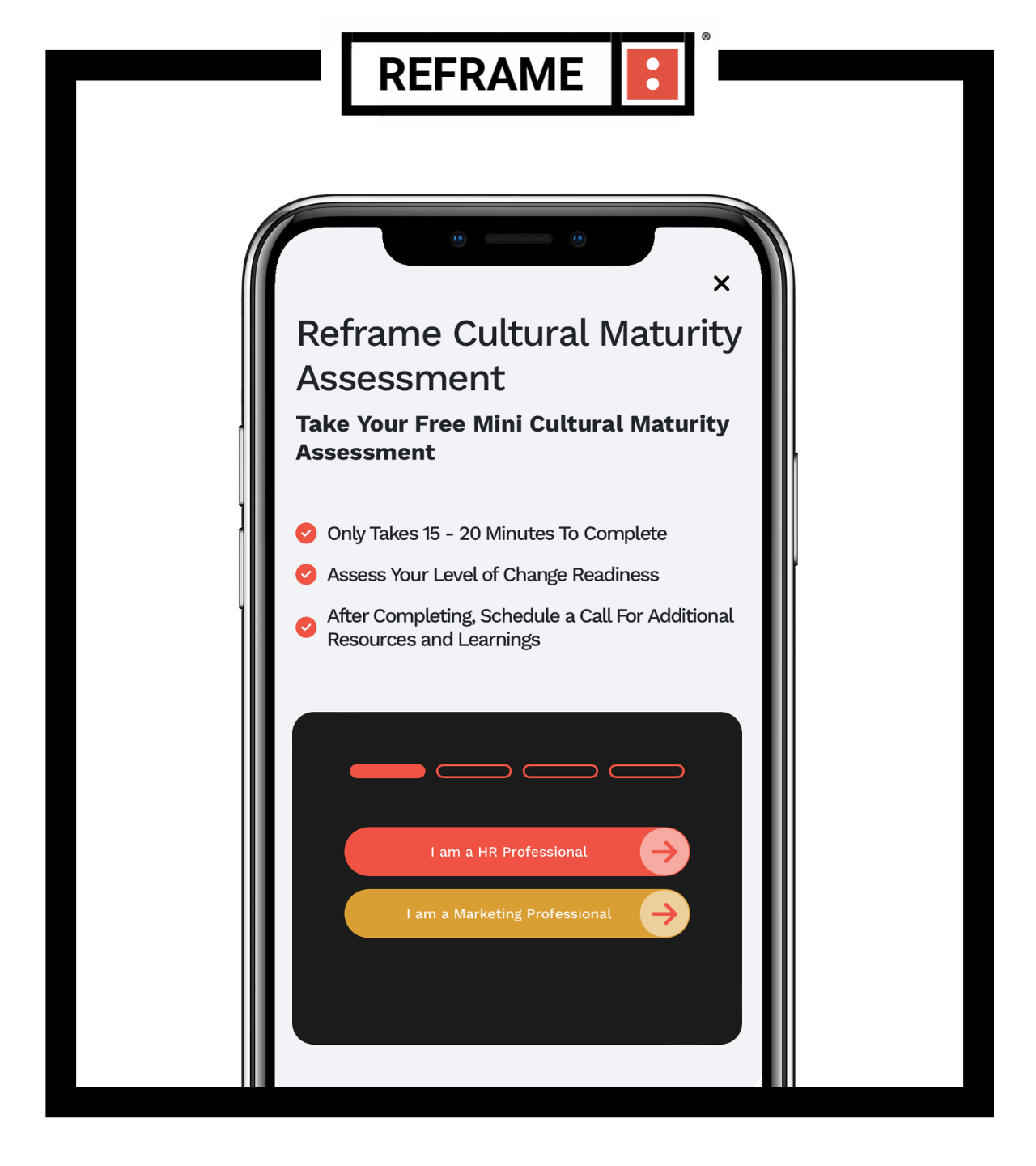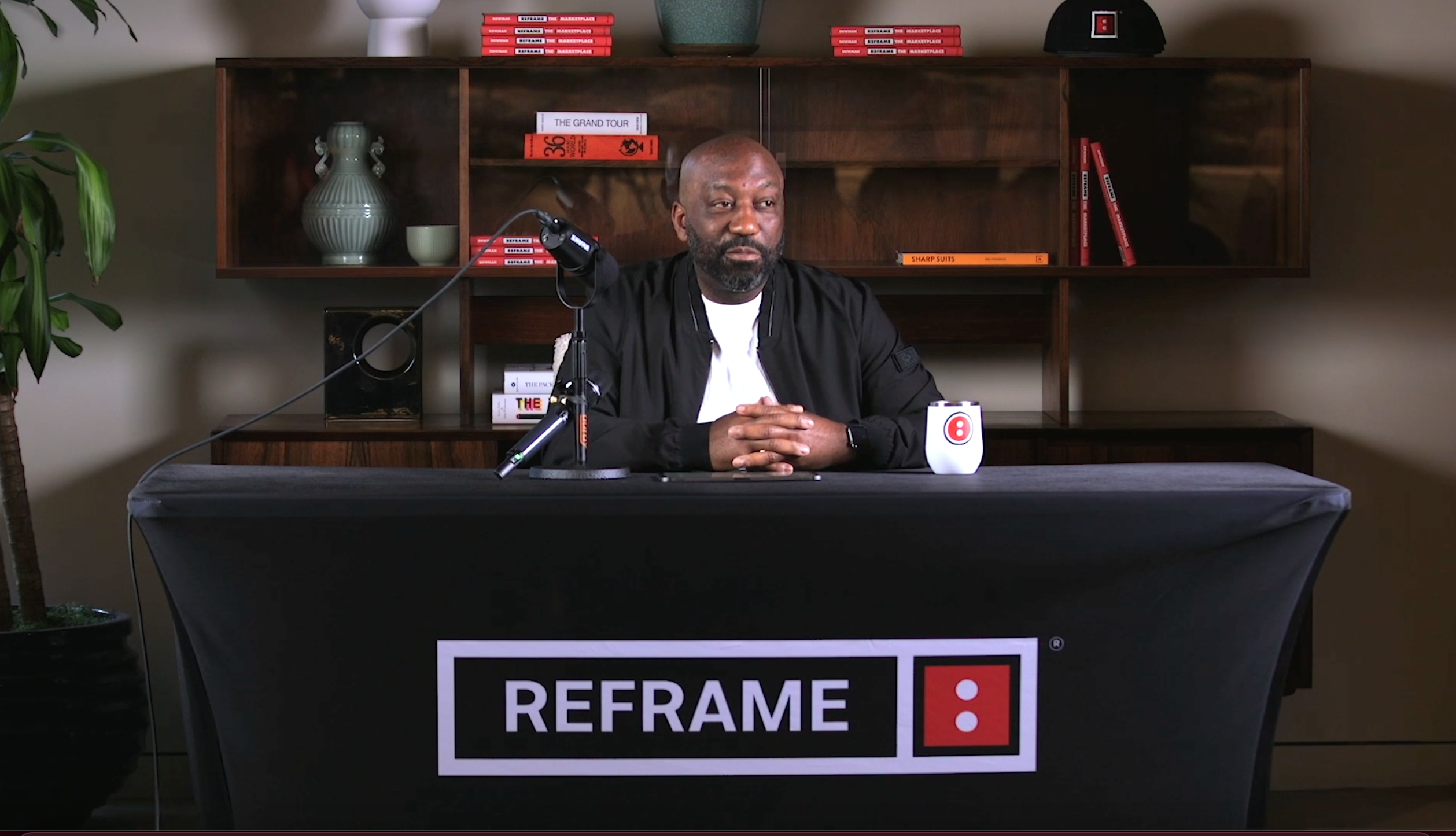
A Brief History of DEIBA, Pt. 3: 2020s & Beyond
As the 2020s arrived, like most areas of our society, the practice of DEI was due for a reckoning. Diversity, Equity, and Inclusion were no longer enough–it was necessary to make sure the workplace was a space of Belonging and Accessibility. Thus, “DEI” became “DEIBA”: Diversity, Equity, Inclusion, Belonging & Accessibility.
As we wind down this series, let’s take a look at where we started. In Part 1: 1960s-1980s, we chronicled how integration led to diversity. In Part 2: 1990s-2010s, we shared the rise of of DEI in the C-Suite. Now, in Part 3, we take a look at how DEIBA has evolved yet again––and how smart practitioners and corporations need to shift as well to remain relevant and ready.
2020s: The Racial and Cultural Reckoning For Corporate America and the Role of DEI
In the midst of the George Floyd awakening, two phenomena happened: a significant civil rights event was caught on a digital camera while corporations’ employees were working in an 100% digital environment. For many corporations, the two events forced a conversation when many CEOs and their leadership team were not prepared to engage digitally with their remote workforce.
Digitalization of the workplace has made it easier to deliver an inclusive employee experience. Technology is the enabler to unlock data at each stage of the inclusive experience no matter where the employees and users work. When done right, inclusive experience design allows the C-Suite to personalize, scale, and sustain an inclusive employee experience that offers clarity for each employee and user journey, and provides the ability to reconcile and optimize programming, messaging, rewarding, and accountability.
Just as DEI alone was not enough to account for Belonging and Accessibility in the workplace, the old approach is not doing enough to culturally transform corporations globally, and employees know they are coming up short. As layoffs roar on and companies have more competition than ever to attract and retain top talent, organizations that stick to the decades-old diversity playbook will suffer.
The American workforce has changed, and Corporate America’s approach to DEI needs to change with it. The way to win at DEI is to implement a change management approach that ensures systematic and sustainable cultural inclusion for all employees.
What’s Next For The Practice of DEIBA?
Our ambition when writing this series was to help our audience members who are just entering the topic and practice of DEI and for others who are immersed in the practice. There are many that do not know the history. The brief history we’ve shared in no way serves as the textbook for all things DEI related. The BIG takeaway from this is our thinking and claim of DEI’s original intent was to integrate the workplace and not change the workplace.
Solving for the wrong problem – restate the problem to reflect the New America©
When asked about the future of work, Corporate America has to solve for the right problem. It is the idea of restating the problem statement that workplace change needs to address. The workplace is two to three generations culturally removed from the marketplace©. Because of the multigenerational workforce and modern marketplace talent pool, the workplace has to culturally transform. Solving for race and identity measure only, fixes half of the problem in the workplace. Corporate America has to shift attitudes and behaviors.
From DEI to Change Management to solve a decades old problem.
This year Reframe introduced a “Reframe DEI” Campaign. It was our first initiative to bring awareness to Corporate America that DEI is broken and the practice of change management is required to solve a decades old problem. For many DEI practitioners, Chief Human Resource Officers and Chief Executive Officers, change management is practice used when an enterprise fix is required to drive significant organizational impact. This is the required practice to fix Corporate America. It required an inclusive employee experience redesign. From prospect, to hiring, to on-boarding and exit. Unfortunately many DEI practitioners do not possess the proper resources and tool box to drive enterprise wide change.
The industry’s first scalable Cultural Maturity Assessment Tool
Most of Corporate America track the success of DEI based on their diversity numbers. Some are transparent and report them,most do not publicly share. This is helpful, however because of the demographic shift, if an organization is not diverse, then they are likely at a disadvantage and not sourcing for the total available workforce talent pool. In addition to tracking diversity numbers, organizations will demand a second way for tracking change and that is through the industry’s first cultural maturity assessment tool that helps organizations understand their level of maturity in their strategy, structure, segments, solutions and systems. Without a maturity assessment tool, Corporate America is only solving half of the problem.
Going beyond race and identity to shifting attitudes and behaviors.
Since starting Reframe, we’ve met a lot of DEI practitioners. When we share the Reframe change ambition, most whisper “ We Are Not About Change, We Meet Our Executives Where They Are At.” What does that mean? Most DEI practitioners are under-resourced, under-staffed and quite frankly can not afford to take the risk of driving change when that is not what they are set up to actually make change happen. Our future of work prediction is that Chief Executive Officers (CEOs) and Chief Human Resource Officers (CHROs) will begin to shift their attitudes and behaviors and go beyond race and identity key performance indicators (KPIs) and seek to make enterprise impact and change. When we’ve interviewed CEOs and CHROs, they have meaty ambitions and the desire to change but often feel handcuffed because of external pressures to diversify their workforce versus change through the lens of change management as a practice. With the work we’ve validated over the years, it is our intent to bring more awareness of the Reframe Change Operating System (Os), Inclusive Experience Design and Software in 2023!
We believe in our journey and the journey we’ve taken with our client partners. The future is bright and we will Reframe the Practice of DEI!
Related Blog Articles






